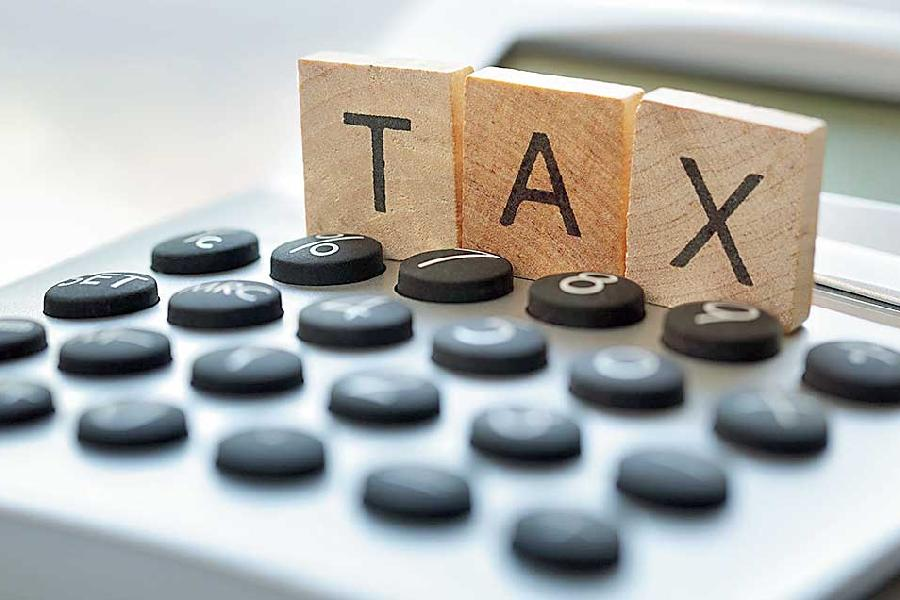Managing personal finances can often feel overwhelming, especially if you’re unsure where to start. Creating a budget is one of the most effective ways to take control of your money and ensure that you’re spending wisely. Whether you’re saving for a big purchase, paying off debt, or simply trying to manage your day-to-day expenses, a well-planned budget can make all the difference. This step-by-step guide will walk you through the process of creating a budget that works for you.

Understandi2ng the Importance of a Budget
Before diving into the steps, it’s essential to understand why budgeting is so crucial. A budget acts as a financial roadmap, helping you allocate your income towards savings, expenses, and investments. It allows you to track where your money is going, avoid unnecessary debt, and plan for future financial goals.
Benefits of Budgeting
- Financial Awareness: Knowing exactly where your money is going each month.
- Control Over Spending: Avoiding overspending by setting limits on discretionary expenses.
- Debt Reduction: Allocating funds to pay off debt more effectively.
- Goal Achievement: Saving for long-term goals like buying a home, traveling, or retirement.
Step 1: Calculate Your Income
The first step in creating a budget is to determine your total monthly income. This includes all sources of income, such as your salary, side hustles, investments, and any other earnings. Knowing your exact income helps you understand how much money you have to work with each month.
Tips for Accurate Calculation
- Include All Sources: Don’t forget to add any freelance work, rental income, or bonuses.
- Use Net Income: Focus on your take-home pay after taxes and deductions.
Step 2: List Your Monthly Expenses
Next, list all your monthly expenses. This includes fixed expenses (like rent or mortgage payments, utilities, and insurance) and variable expenses (like groceries, entertainment, and dining out). Don’t forget to include any occasional expenses, such as annual subscriptions or car maintenance.
Categories to Consider
- Housing: Rent, mortgage, utilities, property taxes.
- Transportation: Car payments, gas, public transport, maintenance.
- Food: Groceries, dining out, coffee.
- Insurance: Health, auto, life, home.
- Debt Payments: Credit cards, student loans, personal loans.
- Savings and Investments: Emergency fund, retirement, stocks.
- Miscellaneous: Entertainment, subscriptions, clothing.
Step 3: Set Financial Goals
Once you have a clear picture of your income and expenses, it’s time to set financial goals. These can be short-term (saving for a vacation) or long-term (building an emergency fund, buying a house). Clear goals help motivate you to stick to your budget.
Goal Setting Tips
- Be Specific: Define exactly what you want to achieve.
- Set a Timeline: Determine when you want to achieve your goals.
- Prioritize: Focus on the most important goals first.
Step 4: Create Your Budget
Now that you know your income, expenses, and financial goals, it’s time to create your budget. Start by subtracting your total expenses from your total income. The remaining amount should be allocated towards your savings and goals.
Budgeting Methods
- 50/30/20 Rule: Allocate 50% of your income to needs, 30% to wants, and 20% to savings and debt repayment.
- Zero-Based Budgeting: Assign every dollar a specific purpose until there’s no money left unallocated.
Step 5: Track Your Spending
Creating a budget is just the beginning. To ensure your budget works, you need to track your spending throughout the month. Use budgeting apps, spreadsheets, or even a notebook to record every expense. This practice helps you stay within your budget and adjust if necessary.
Tools for Tracking
- Budgeting Apps: Mint, YNAB (You Need A Budget), PocketGuard.
- Spreadsheets: Google Sheets, Excel.
- Manual Tracking: Keeping receipts, using a notebook.
Step 6: Review and Adjust Regularly
Your financial situation may change, so it’s important to review and adjust your budget regularly. At the end of each month, compare your actual spending to your budgeted amounts. If you notice any discrepancies, adjust your budget accordingly. This flexibility ensures your budget remains effective and realistic.
When to Adjust
- Income Changes: A raise, new job, or loss of income.
- Expense Changes: New bills, debt repayment, or lifestyle changes.
- Goal Changes: Revising or adding new financial goals.
Conclusion
Creating a budget that works is a powerful tool for financial management. By understanding your income, tracking your expenses, and setting clear goals, you can take control of your finances and work towards a more secure financial future. Remember, the key to a successful budget is consistency and flexibility. Regularly review and adjust your budget to ensure it meets your needs and helps you achieve your financial goals.











